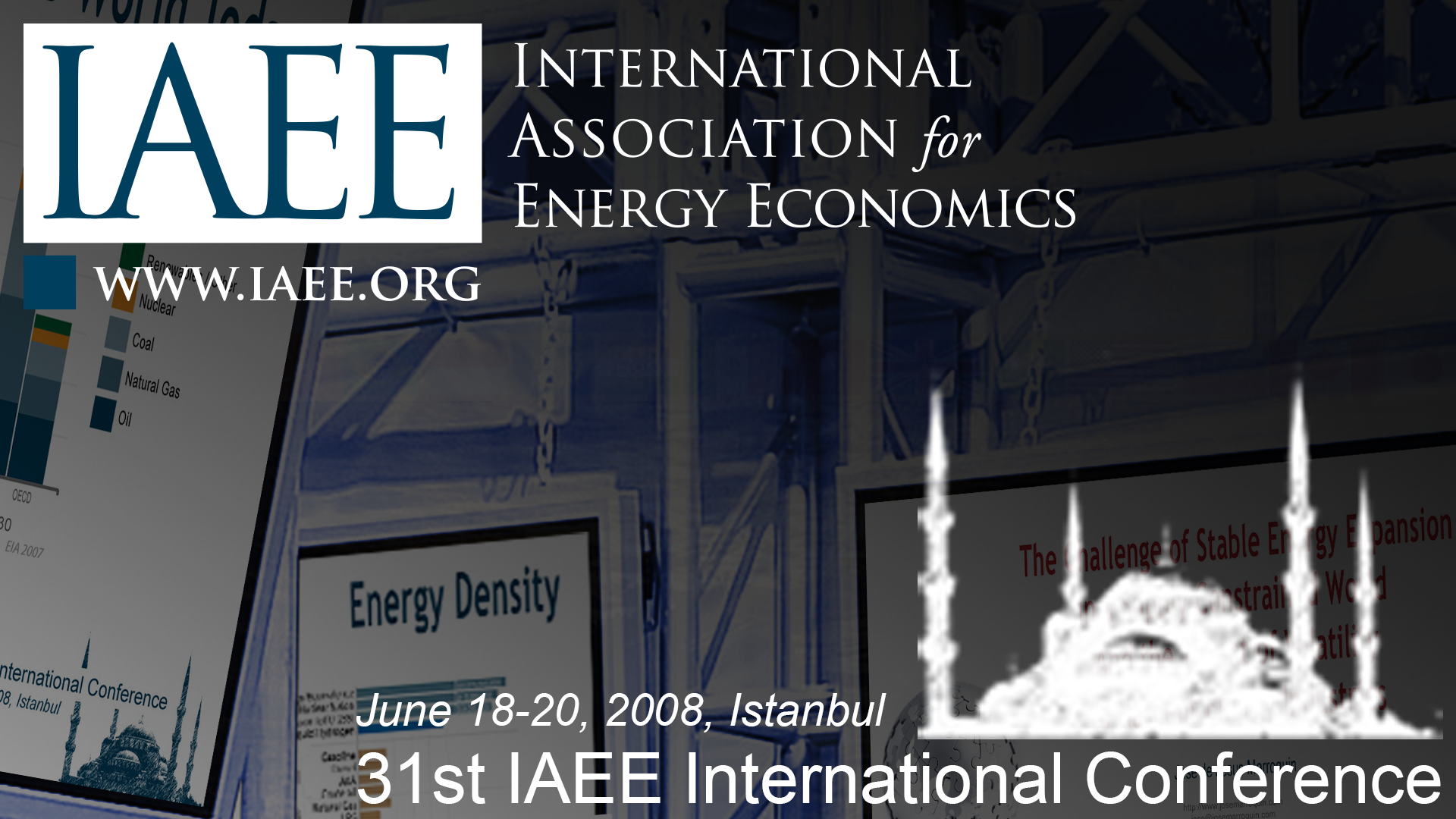Back in 2008 after my postgraduate work on energy economics and international affairs, I delivered a controversial presentation before the 31st gathering of the International Energy Economics Association global conference in Istanbul Turkey. At the time the inflation-adjusted price for oil was slightly above $150 per barrel, and even the smallest disruptions or threat of geopolitical instability would push oil prices higher. The thesis of my argument was that it wasn’t high prices that the world and nascent energy industries should be concerned with but that the real danger was volatility.

At the time of the presentation, oil and oil substitutes were profitable. Oil from the oil sands in Alberta was being exploited in earnest and ethanol production was in full force. Global oil production was extremely sensitive. Threats of terrorism or other political instability in places like Nigeria would send shockwaves throughout the oil markets.

Back then, the low-cost producers of the world like Saudi Arabia retained very low capacity. Their economies were awash with cash, but regardless of how much oil they produced, demand continued to run away from them and they were unable to keep oil prices within the accepted OPEC price bands that kept the world’s economies from overheating.

High oil prices were attributed to significant speculation within the markets of the world precipitated by very strong growth in the Asia-Pacific economies, combined with slow investment by the kingdom in spare capacity, lower levels of exploration, and political instability in certain oil-producing regions of the world.

Still, there was a specter on the horizon. The American midwest was littered with derelict abandoned ethanol facilities, a legacy from a previous time when oil prices were similarly extremely high. After the oil spike of 1979, oil prices collapsed in the US, creating tremendous pressure on nascent oil substitute industries across the United States. What had been sound investments a few years before had turned into unprofitable business models. Even the low-cost producers in the middle east who had to cut back production and drive their economies into unhealthy states were not immune.

The thesis I was presenting was not a new one, and it wasn’t even that revolutionary. History had taught the world this lesson many times. The reality was that some people were making a lot of money and that fact clouded the reality and the willingness of rational decision-making by individuals. It was like watching a trainwreck in slow motion. A few of us knew exactly what was going to happen, but nobody wanted to acknowledge it.

The presentation posited four scenarios ranging from wild fluctuations in oil prices to a significant collapse and what would happen to the nascent energy industries that were so reliant on high energy prices for market viability?
While the audience was as always very respectful as academics usually are, there were some mumblings that I attributed to voices of disapproval and incredulity that I would dare propose a future where oil prices would fall.

The Istanbul conference was in June of 2008, and oil prices collapsed in October of 2008. Today, Brent crude and West Texas Intermediate futures are both in the $60s.
History repeats itself and those with time, intelligence, resources, and most importantly a clarity of mind are able to position themselves for the best possible outcome – others who get caught up in the energy of the moment might not be as fortunate.
